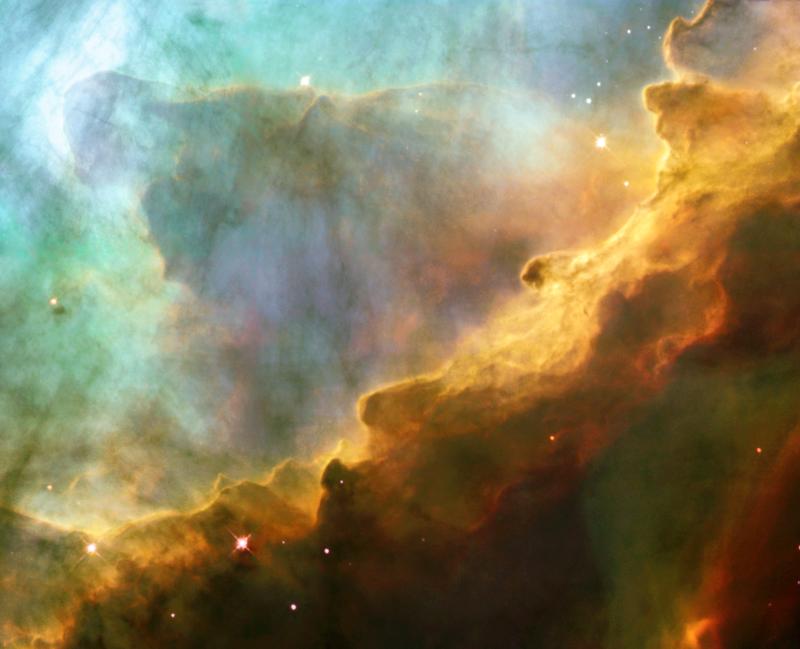Could life exist on Super-Earths?
The search for extraterrestrial life within our solar system has mainly been focused on Mars, and there has been speculation that some the moons of the outer solar system may also be a good place to look for life. Outside of our solar system, planet hunters and astrobiologists have been searching for Earth-like planets to help answer one of mankind’s most profound questions, “are we alone?” To date, no such planets have been discovered, so a team of scientists have now set their sights on a relatively abundant group of extrasolar planets known as “super-Earths”.
The term “super-Earth” is slightly misleading because the only thing that these planets have in common with the Earth is the fact that they are terrestrial. A super-Earth is typically classified as a terrestrial planet with a mass of 5 to 10 Earth masses. Thus far, Super Earths have not been found within the habitable zone of their host star, with orbits much too far or much too close to sustain life as we know it. The super-Earths with orbits far from their host star are the places that astrobiologists now believe could harbor some form of life.
It is estimated that one-third of all solar systems contain super-Earths, and some scientists believe that it may be possible to find some that have liquid water either on the surface, or below a thick layer of ice. This water could theoretically exist on a super-Earth if one of three conditions were met. 1) If the planet had a thick enough atmosphere it may be possible that enough solar radiation could be by greenhouse gases to prevent water from completely freezing. 2) If the planet was massive enough or young enough, there may still be enough primordial heat available to sustain some amount of liquid water.
Currently, the best technique for discovering super-Earths is by using gravitational microlensing. This phenomena occurs when an object in the foreground has enough mass, its gravitational field will bend the incoming light of a much more distant object. This results in the magnification of the distant object, no matter how faint it may seem.
It is not unfathomable to predict that an extrasolar super-Earth outside of its host stars habitable zone could contain water, at least as ice. Much of the ice in our own solar system is located outside of the habitable zone. There is no super-Earth in our solar system, but there are icy bodies that could contain liquid oceans. It is hypothesized that Jupiter’s moon, Europa, may have enough heat due to tidal flexing to permit a liquid ocean.
Traveling amongst the stars and exploring extrasolar planets is unfortunately not in the near future, but we can test hypothesis such as this one by exploring the planets within our solar system, and isn’t it about time we send a probe to Europa?
Tags: life, planets, solar system

